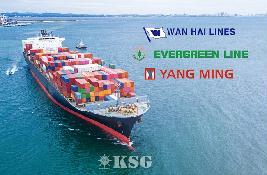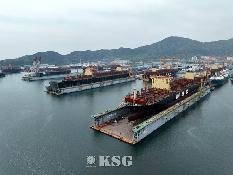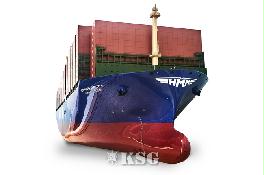2024-03-05 09:00
Integrating Ireland Supply Chains through Maersk’s Dublin Warehouse Campus

The Republic of Ireland has undoubtedly undergone a remarkable transformation over the past few decades. Until the early 1970s, Ireland was among the poorest countries in Europe in terms of GDP, with a level of political, social and industrial unrest that promised very little to its three million population.
Joining the European Union in 1973 certainly opened Ireland’s doors to global markets, but it wasn’t until the mid-1990s that the country’s economy experienced a real boom. With a skilled, young workforce and low corporation tax rates, Ireland attracted foreign investment from a number of multinational companies, including the likes of Google and Microsoft.
Since then, it’s very much been a one-way trajectory. In fact, the Irish economy grew at an average annual rate of 9.4% between 1995 and 2000, with overall GDP rising by a significant 229% between 1987 and 2007. Foreign companies and their investments played a fundamental role in such a surge, with as much as 48% of Ireland’s economic growth between 2013 and 2021 coming from overseas.
Now in 2024, it’s safe to say that Ireland’s economy is continuing to boom and fast-becoming one of the most competitive in Europe. And as so many companies are identifying Ireland as an ideal location to do business in as a gateway to the EU, it’s showing no signs of slowing down – GDP is forecast to keep increasing annually by between 2.65% and 3.35% until 2028.
< Korea Shipping Gazette >
많이 본 기사
- HMM, 4번째 9000TEU급 신조 컨선 부산-남미동안항로 취항“미중 입항세 유예로 국적선사 경쟁력 제고 놓쳐”신선대감만터미널·부산신항만·경북항운노조 항만안전대상 영예‘남미 30%대 껑충’ 컨운임지수 2주만에 1400선 회복벌크선시장, 철광석 수요 활황에 선복 부족 이어져팬스타그룹 2500t급 연안유람선 부산서 첫 뱃고동부산항만공사, 스마트항만 기술혁신포럼 개최中 시안-체코 프라하 정기화물열차 운행 개시대만 3대 선사 3분기에 영업익 1.7조 합작KMI, 부산국제금융진흥원과 해양수도 금융전략 논의
- 부산신항 비엔씨티, 김장김치 1100박스·700만원 기탁HD현대, 디지털·AI 앞세워 2030년 ‘매출 100兆’ 목표 제시박정석 한국해운협회장, 명예 해기사·1급항해사 위촉인천공항공사–항공대, 공항직원 전문교육 확대 나선다조선기자재연구원, 산업혁신기술지원플랫폼 사업성과·과제 공유BPA, 환적모니터링시스템 포트아이 16일 先배포건강칼럼/ COPD 환자, 추우면 ‘숨’이 힘겹다!중국유럽정기화물열차 누적 운행횟수 12만회 돌파해양수산연수원 오션폴리텍 교육생 헌혈증 120장 기부IPA, 인항고·인천해사고에 장학금 2000만원 전달


































































0/250
확인